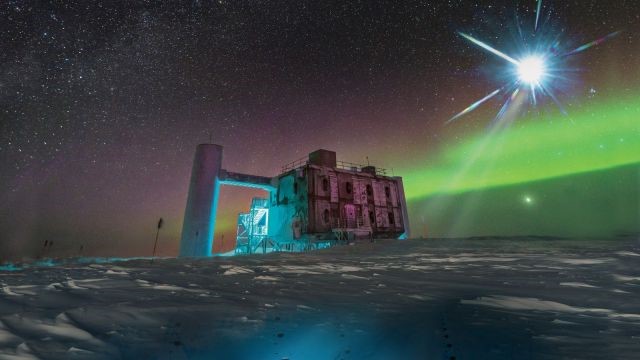Free Courses Sale ends Soon, Get It Now


Free Courses Sale ends Soon, Get It Now



Disclaimer: Copyright infringement not intended.
Context
Astronomers detect seven potential ‘ghost particles’ that passed through planet.
Details
Significance of Discovery
About the IceCube Neutrino Observatory
Overview:
Collaboration and Funding:
Sub-Detectors:
About Neutrinos
Properties of Neutrinos:
Types of Neutrinos:
Neutrino Oscillations:
Neutrinos in Astrophysics:
Neutrino Detection Techniques:
Open Questions:
|
PRACTICE QUESTION Q. Tau neutrinos serve as cosmic messengers, carrying information about cataclysmic events and cosmic ray interactions. Comment. (250 Words) |
© 2024 iasgyan. All right reserved